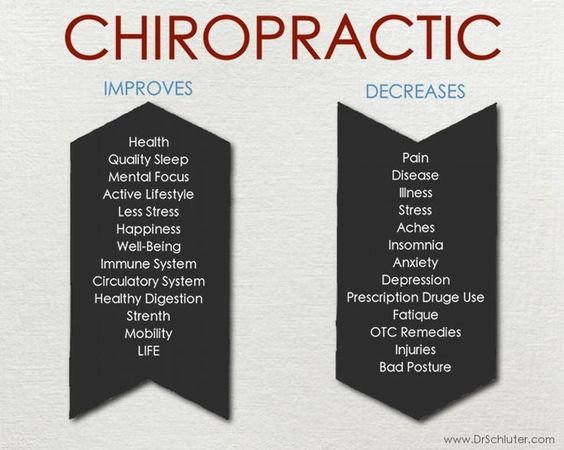Key Daily Routines That Cause Pain In The Back And How To Reduce Their Impacts
Key Daily Routines That Cause Pain In The Back And How To Reduce Their Impacts
Blog Article
Content By-Love Glud
Keeping proper pose and avoiding typical challenges in daily tasks can significantly affect your back health and wellness. From how you sit at your desk to just how you raise heavy things, tiny adjustments can make a huge distinction. Visualize a day without the nagging pain in the back that impedes your every move; the service might be simpler than you assume. By making a couple of tweaks to your day-to-day habits, you could be on your means to a pain-free presence.
Poor Stance and Sedentary Lifestyle
Poor stance and a sedentary way of living are two significant factors to neck and back pain. When you slouch or suspicion over while resting or standing, you put unneeded pressure on your back muscular tissues and spine. This can bring about muscle mass imbalances, tension, and ultimately, chronic neck and back pain. Furthermore, sitting for long periods without breaks or exercise can weaken your back muscles and bring about tightness and discomfort.
To deal with bad posture, make a mindful initiative to sit and stand straight with your shoulders back and straightened with your ears. website link in mind to keep your feet level on the ground and stay clear of crossing your legs for extended durations.
Integrating regular stretching and enhancing exercises into your everyday regimen can also aid improve your position and alleviate pain in the back associated with a less active lifestyle.
Incorrect Lifting Techniques
Incorrect training strategies can considerably add to back pain and injuries. When you raise heavy items, remember to bend your knees and use your legs to raise, as opposed to depending on your back muscular tissues. Avoid turning your body while training and maintain the object near your body to decrease strain on your back. It's crucial to keep a straight back and avoid rounding your shoulders while raising to stop unneeded stress on your spine.
Always analyze the weight of the things prior to lifting it. If it's too heavy, ask for help or usage devices like a dolly or cart to deliver it securely.
Keep in mind to take breaks during raising tasks to provide your back muscles a possibility to relax and protect against overexertion. By applying correct training strategies, you can protect against pain in the back and reduce the risk of injuries, guaranteeing your back stays healthy and balanced and solid for the long-term.
Lack of Normal Exercise and Extending
A less active lifestyle without routine exercise and extending can substantially add to neck and back pain and discomfort. When you don't participate in physical activity, your muscles come to be weak and inflexible, causing poor posture and enhanced stress on your back. Routine exercise helps enhance the muscles that sustain your spine, enhancing stability and decreasing the danger of neck and back pain. Integrating stretching into your routine can likewise boost flexibility, preventing stiffness and pain in your back muscular tissues.
To prevent back pain brought on by a lack of workout and stretching, go for a minimum of 30 minutes of moderate physical activity most days of the week. Include workouts that target your core muscles, as a solid core can aid ease pressure on your back.
Furthermore, take breaks to stretch and relocate throughout the day, particularly if you have a desk task. Easy stretches like touching your toes or doing shoulder rolls can help soothe stress and stop neck and back pain. Focusing on routine workout and extending can go a long way in maintaining a healthy back and reducing discomfort.
related web-site , keep in mind to sit up right, lift with your legs, and stay active to avoid back pain. By making Read Significantly more to your everyday routines, you can avoid the pain and restrictions that come with back pain. Look after your spine and muscular tissues by exercising good position, proper training methods, and routine workout. Your back will certainly thank you for it!
